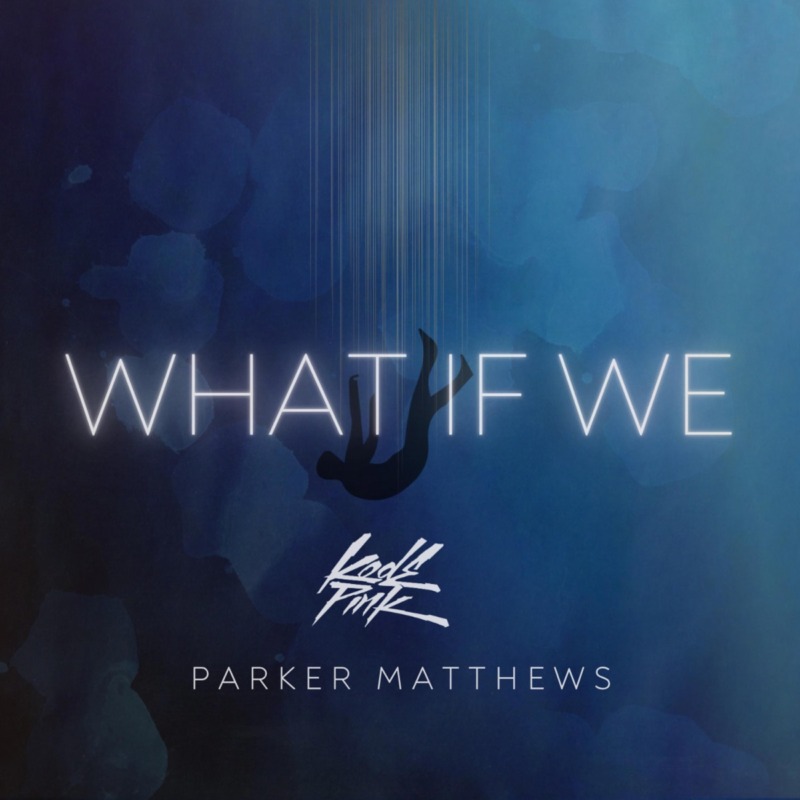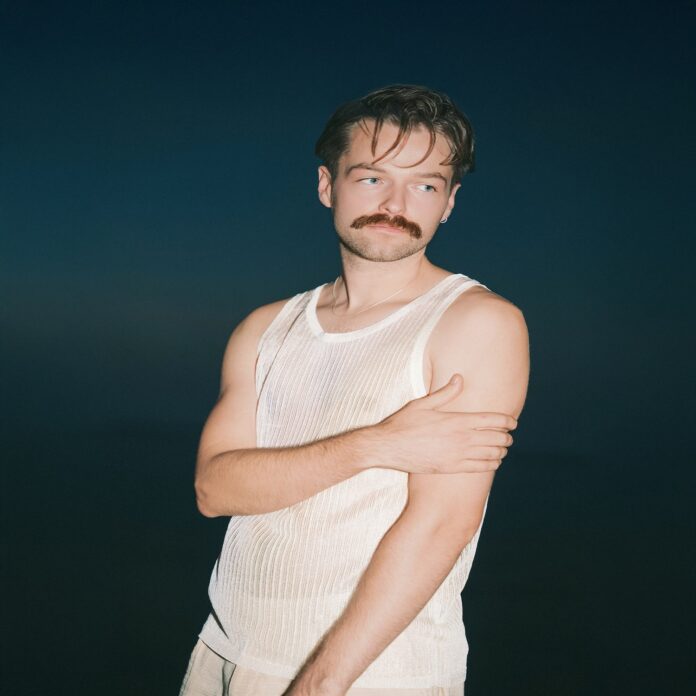As anime continues to grow ever more mainstream worldwide, the 2021 Annecy International Animation Film Festival hosted a panel discussing anime's influence on international creators. The panel, hosted by Alexis Hunot, included Wolfwalkers director Tomm Moore, The Red Turtle director Michael Dudok de Wit, Onyx Equinox creator Sofia Alexander, We Bare Bears executive producer Manny Hernandez and the live-action directing team of Hélène Cattet and Bruno Forzani (currently working on their first animated film, Darling).
Hernandez first discovered anime from watching the Spanish dub of Dragon Ball on Telemundo years before the show began airing in English. As a kid, he was under the impression anime came from Mexico. Alexander was introduced to anime similarly, watching both Dragon Ball and Saint Saiya in Mexico. However, it was Cardcaptor Sakura that first made her think, "I want to draw like this."
Moore grew up with Battle of the Planets and the French-Japanese co-production Ulysses 31, but the first time he was conscious of watching Japanese animation was discovering Akira on VHS. Forzani and Cattet's gateway show was Captain Harlock, which inspired the character designs in Darling. Dudok de Wit was "a bit embarrassed" to not remember the name of his first anime, which he describes as a very stylized UPA-esque short film from the '70s. He doesn't watch TV but was moved by "the power of the dark side of Akira."
Alexander views anime as "a place I could see different kinds of stories than I could see in the US," particularly regarding serious and adult-oriented animation and explorations of depression. However, she was discouraged from drawing anime-influenced art growing up, told that "If you keep drawing like that, no one's gonna want to hire you." Nonetheless, she was determined with Onyx Equinox to create "truly Mesoamerican characters that had that kind of touch of the anime that Mexico loves so much."
Onyx Equinox was the product of extensive research of different ancient Mesoamerican civilizations. Alexander says developing the series helped her "to see the beauty in my own culture and my own heritage." She was fortunate to work with Japanese animator Kuni Tomita as her supervising director and "animation mom" on Onyx Equinox. "She was such an empowering and incredible force behind the scenes." There was, however, some conflict between the two artists: Kuni would often react to Alexander's hyper-detailed and authentic designs for the gods, saying "They can't animate that... the animators are going to hate you," to which Alexander would respond "I know, but it's a couple [of] things, not just the aesthetic part of it, but the culture part of it."
Moore's two biggest Japanese influences on his own animation are the Toei classic The Little Prince and the Eight-Headed Dragon -- which inspired the "paper cutout-like characters" for The Secret of Kells and Song of the Sea -- and Isao Takahata's The Tale of the Princess Kaguya, a film which does "what only hand-drawn animation can do" and proved influential on the expressive linework of Wolfwalkers' "Running with the Wolves" musical sequence.
Moore's also a fan of the works of Hayao Miyazaki, particularly in regards to their strong environmentalist themes. He ties the appreciation of nature in Miyazaki's work to his own childhood experiences exploring the fields of Ireland and to his country's own history and culture: "In Ireland, we had a very animist worldview where every part of the countryside had a spirit or story or a sense of a presence... and we're forgetting that and chasing after a consumer-capitalist way of living and less connected, and that was something I really resonated with in Miyazaki's work."
Cattet and Forzani showcased some exclusive art from their animation debut Darling, including an Art Deco hotel background and designs for a fashionable woman and a wild-haired knife-wielding man. In addition to the Harlock influences in the character designs, there are strong vibes of Vampire Hunter D: Bloodlust in regards to the backgrounds and general atmosphere. The film is a rape-revenge story set in 1950s New York that plans to use animation to explore "the interiority of the body" in a manner similar to Satoshi Kon's Perfect Blue and Eiichi Yamamoto's Belladonna of Sadness.
For We Bare Bears, Hernandez was the show's resident anime expert; creator Daniel Chong loves Studio Ghibli but couldn't follow Hernandez's Dragon Ball and Naruto discussions. Hernandez says their different tastes and perspectives were "why we made a good pairing." Hernandez is showrunning the upcoming We Bare Bears spinoff series We Baby Bears, which will have a more anime-esque art style. He describes manga as "film in comic panels," admiring how manga artists like Akira Toriyama can continually extend their stories in economical yet creative ways. Hernandez cites Goku's Super Saiyan transformation as a great moment that came about in part to save time on inking Goku's hair.
Dudok de Wit is more heavily influenced by traditional Japanese painting than by anime. He's drawn to the way East Asian art values "sensitivity towards negative space" and "the power of symbols." He shares Moore's environmental concerns and gained a greater understanding and appreciation of how the Studio Ghibli films approach such subject matter when visiting Japan himself. On his first feature film, The Red Turtle, animated in Europe but produced by Ghibli, he saw producer Isao Takahata as a "godfather and mentor" in developing a hybrid of Eastern and Western styles.
Hunot offered praise for all the panelists' work, calling attention to the ambiguous sophisticated characterization of Onyx Equinox, the cinematic experimentation of Cattet and Forzani's filmography, Hernandez's translation of manga techniques to animation, the attention to nature and methodical pacing in Moore's Cartoon Saloon films and the way Dudok de Wit balances complexity and simplicity. Hunot listed off Onyx Equinox Season 2 among the list of upcoming projects he's looking forward to, though it's not clear whether this is just hoping for a second season or if one is actually in production.
The panel concluded with another round of anime and manga recommendations. Dudok de Witt praised My Neighbors the Yamadas, Spirited Away and Grave of the Fireflies, and the manga The Man Who Walks by Jiro Taniguchi (Hunot wants Dudok de Witt to direct a Taniguchi adaptation). Cattet brought up Paranoia Agent, another Satoshi Kon anime with themes of blending fantasy and reality. Hernandez's favorite series is One Piece, and he also recommended the films Only Yesterday and The Castle of Cagliostro. Alexander's picks included the Rurouni Kenshin/Samurai X OVAs, Wolf's Rain and the films of Mamoru Hosoda. Moore seconded Hosoda's Wolf Children (he collaborated with Hosoda on the upcoming movie Belle) and selected Princess Mononoke as his favorite Miyazaki film.
Perhaps the biggest artistic takeaway from the discussion is how the lessons of anime, an art form rooted in Japanese culture, can apply to stories from many different cultures. Moore's films are rooted in the specifics of Irish history and mythology, much like Onyx Equinox is with Mesoamerican cultures. Still, in these different cultural backgrounds, you can find many of the same themes and techniques as those Hayao Miyazaki uses in his films. Moore even says, "The more specific you go into your own culture, the more interesting it is" for audiences around the world.
About The Author

